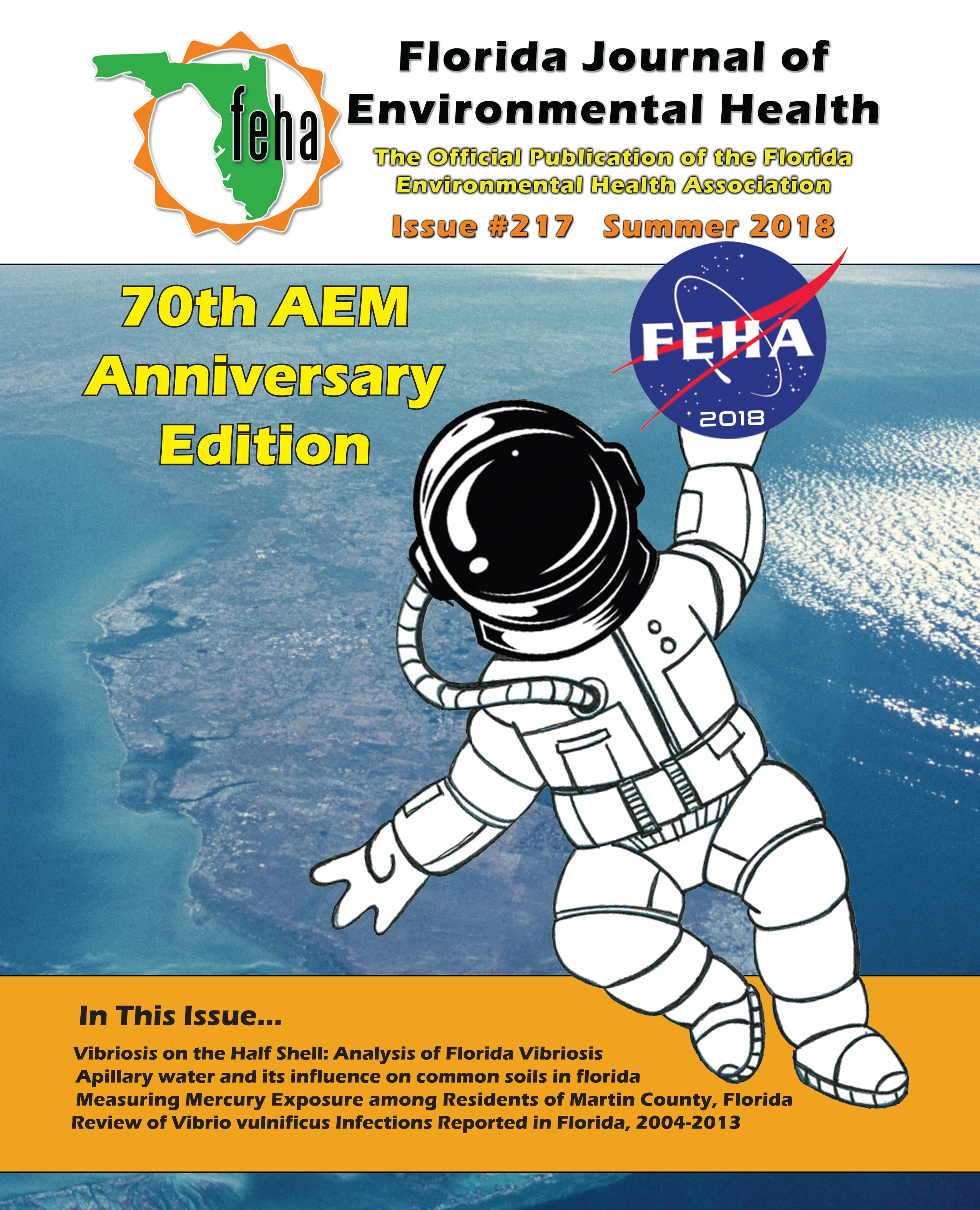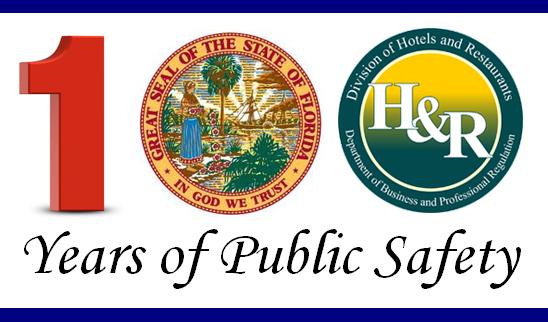Michelle Comingore
pp. 1-4
Abstract: This year marks 100 years of the Division of Hotels and Restaurants serving the people of Florida and its visitors. That is 100 years of working with the hospitality industry to protect the public’s health, safety, and welfare - 100 years of change, innovation, and improvement. Despite changes in name and structure, the Division’s mission to protect the public’s health, safety, and welfare in public lodging and food service establishments remains unchanged. What started as the Hotel Commission in 1913 has grown into a nationally recognized, award-winning leader in food and lodging regulation. The Division’s leadership and dedication to public service is integral to its century of successfully safeguarding the state’s citizens and over 80 million annual visitors who eat in restaurants and stay in public lodgings.


